The Oldest Office Buildings In The Britain
Jun 16 2016
Darren Best
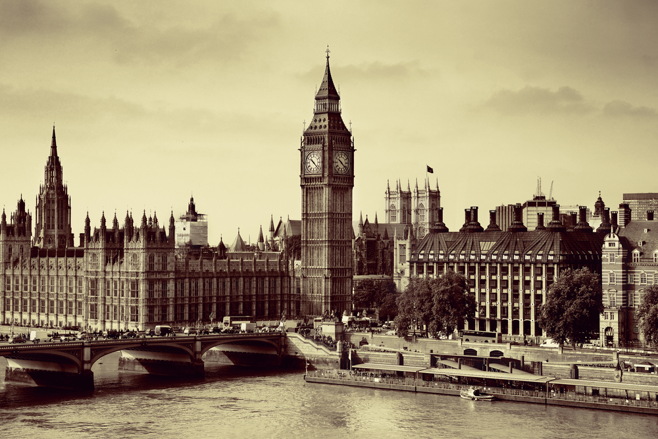
Architecture has entered a new era, with new buildings in the nation’s capital all resembling reflective glass pillars jutting into the skyline. A modern, clean-cut, sharp sophistication now dominates the architectural arena that is the City of London. But this has not always been the way. England is blessed with a long and notable history of great buildings, and we would like to explore the buildings that started the great success of our nation in the global business market. We take a look at the oldest office buildings in Britain.
The General Post Office (1829)
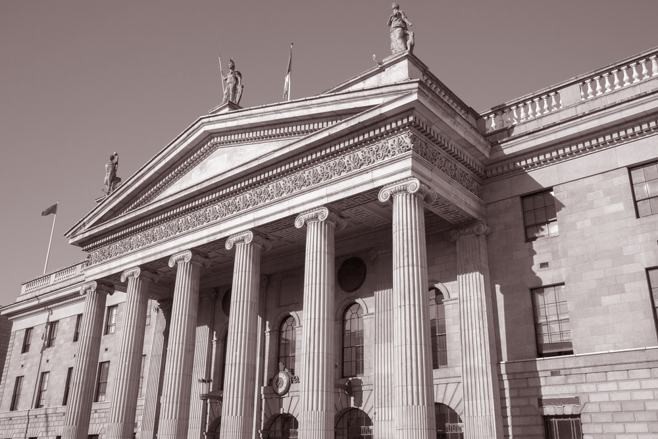
Image credit to Kevin George/shutterstock.com
The General Post Office service was established in 1660 in England by Charles II. And the headquarters of the state telecommunications system started in St Martin's Le Grand in London operating between 1829 and 1912. It was the first purpose-built mail facility of its kind in Britain, supposedly lit by a thousand gas burners at night. It came to be known as the Royal Mail as it was advanced from the distribution system used for the transfer or royal and government documents.
The East Indian Trading Company (1661 - 1861)
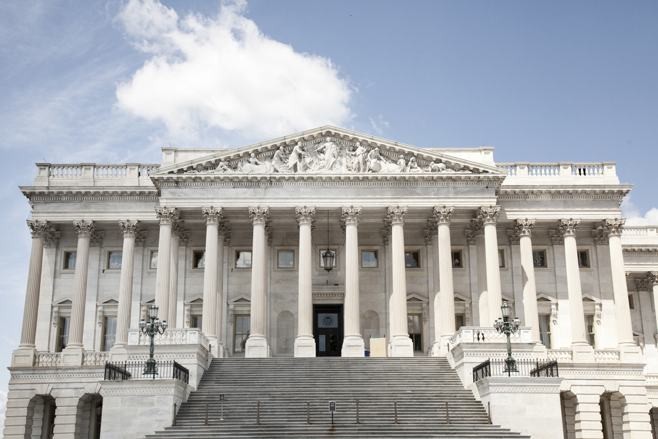
Image credit to njene/shutterstock.com
The East India Company was founded in 1600, designed to pursue trade in the East Indes. It was one of the most successful trading ventures of English history, at one-point accounting for half of the world’s trade of basic commodities such as tea, cotton and silk. The company also ruled the origins of the British Empire in India. Queen Elizabeth I commissioned the first Royal Charter of London merchants to sail the Indian Ocean in pursuit of trade. East India House was the London headquarters of the thriving trade company, situated in Leadenhall Street in the City of London. The company moved here in 1661, it stood for 200 years before being demolished after the company’s assets were passed to the government. The Lloyd’s building now occupies the site at Lime Street in the heart of London’s financial district, as seen below.
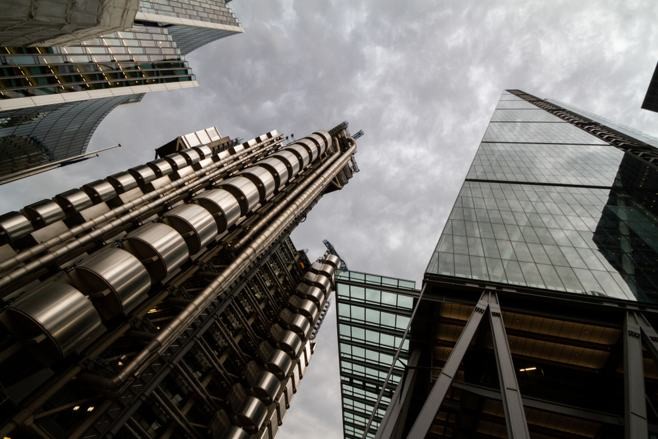
Image credit to Graeme J. Baty/shutterstock.com
The Bank of England (1734)
The central bank of the United Kingdom was founded as an institution in 1694. It of course carries out one of the most important jobs in modern society, printing money and maintaining stability and confidence in our currency. The B of E operated in rented premises to carry out its business for the first forty years of its existence. It then established itself in 1734 at its permanent address in Threadneedle Street in the centre of London, then it was extended increasingly until 1828 where the current layout was finalised. A number or architects worked on the building throughout its history, with Sir John Soane most notably creating Soane’s Bank of England structure in 1828, which was later demolished and rebuilt four storeys higher in 1925 by architect Sir Herbert Baker.
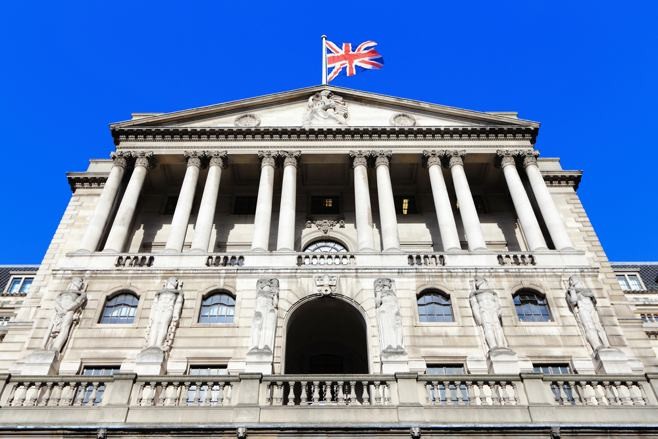
Image credit to aslysun/shutterstock.com
Ditherington Flax Mill (1797)
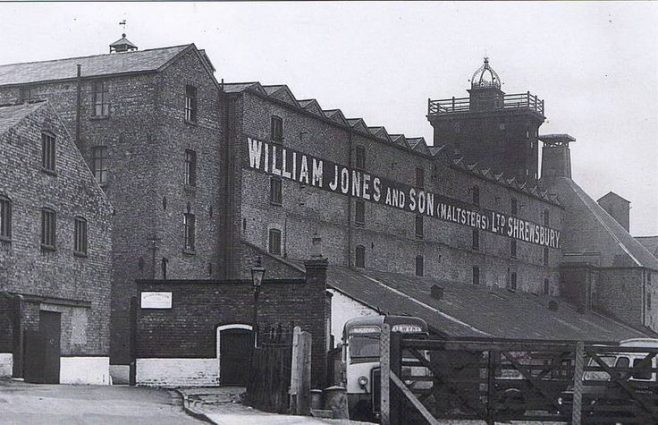 This was one of the first cotton mills from the late 18th Century, when British manufacturing revolutionised the production of cotton. The Flax Mill in Ditherington was a world first, after many of the factories built previously were made of brick and timber and were vulnerable to oil powered mills, being highly flammable. Ditherington was the first incombustible iron-framed building, paving the way for all large buildings made with steel frames today such as skyscrapers and supermarkets. Ditherington now operates as a visitor centre to showcase the industrial revolution. Feature image credit: Shutterstock/ Songquan Deng
This was one of the first cotton mills from the late 18th Century, when British manufacturing revolutionised the production of cotton. The Flax Mill in Ditherington was a world first, after many of the factories built previously were made of brick and timber and were vulnerable to oil powered mills, being highly flammable. Ditherington was the first incombustible iron-framed building, paving the way for all large buildings made with steel frames today such as skyscrapers and supermarkets. Ditherington now operates as a visitor centre to showcase the industrial revolution. Feature image credit: Shutterstock/ Songquan Deng